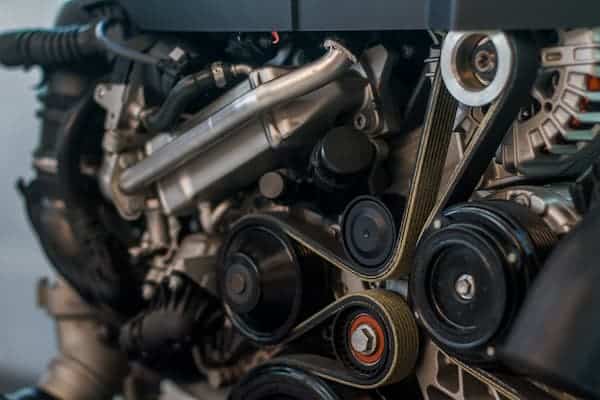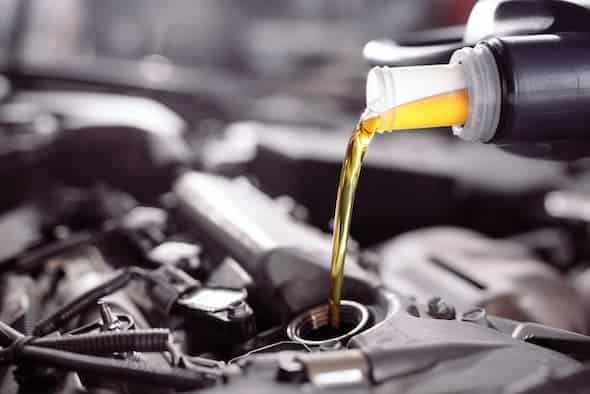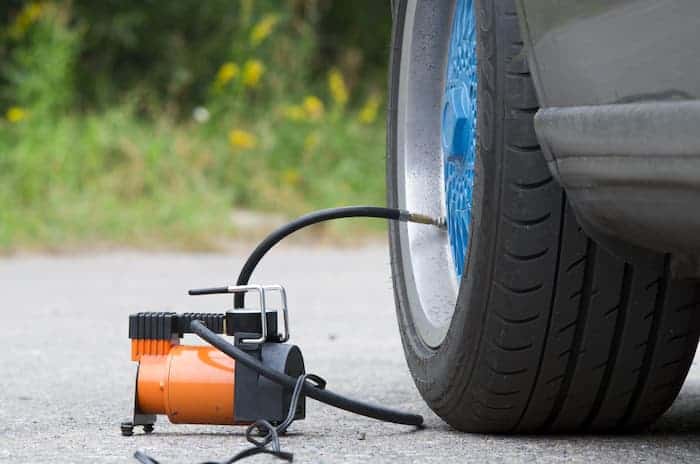Table of Contents
ToggleUnderstanding the Serpentine Belt in Your Car
The serpentine belt, a crucial component in your vehicle, plays a vital role in the smooth operation of various car parts. Unlike older multi-belt systems, the serpentine belt is a single, continuous belt used to drive multiple peripheral devices in an automotive engine, such as the alternator, power steering pump, water pump, air conditioning compressor, and sometimes the cooling fan. It is named for its ability to weave around various pulleys in a snake-like manner.
Bad Serpentine Belt Symptoms
It’s essential to know the symptoms of a bad serpentine belt to prevent breakdowns or engine damage. Common signs include visible wear and tear, such as cracks, fraying, or glazing on the belt’s surface. Squealing noises from the front of the vehicle, power loss, overheating, or the battery warning light illuminating can also indicate a failing serpentine belt.
The Multifaceted Role of a Serpentine Belt
A serpentine belt’s primary function is to provide power to various components of the engine. When it rotates, it drives the alternator, which charges the battery and powers the electrical system while the engine is running. It also drives the power steering pump, providing the necessary hydraulic pressure for easier steering. In many vehicles, the serpentine belt also powers the water pump, essential for circulating coolant through the engine to maintain optimal operating temperatures. Learn more about the role of these components, like the alternator, to understand the serpentine belt’s importance better.
Serpentine Belt vs Timing Belt: Understanding the Difference

While both are critical to your car’s operation, the serpentine belt and timing belt serve different purposes. The timing belt is a part of the internal engine mechanism. It synchronizes the rotation of the crankshaft and camshaft to ensure the engine’s valves open and close at the proper times during each cylinder’s intake and exhaust strokes. In contrast, the serpentine belt operates on the outside of the engine and drives various peripheral devices.
The Importance of Regular Maintenance
Regular inspection and maintenance of the serpentine belt are crucial. A broken serpentine belt can lead to a breakdown or severe engine damage. Regular checks can identify wear and tear before it leads to failure. For more tips on car maintenance, visit Know Your Car’s maintenance section.
Conclusion
the serpentine belt is an indispensable component of your vehicle, integral to the functioning of various systems like the alternator, power steering, and air conditioning. Understanding the difference between a serpentine belt and a timing belt, recognizing the signs of wear and tear, and appreciating the belt’s multifaceted role are key to ensuring your vehicle’s longevity and performance. Regular maintenance and timely replacement of the serpentine belt can prevent costly repairs and extend the life of your car. Stay informed and proactive about your vehicle’s needs to ensure a smooth and reliable driving experience. For more insightful car tips and maintenance advice, explore Know Your Car.




